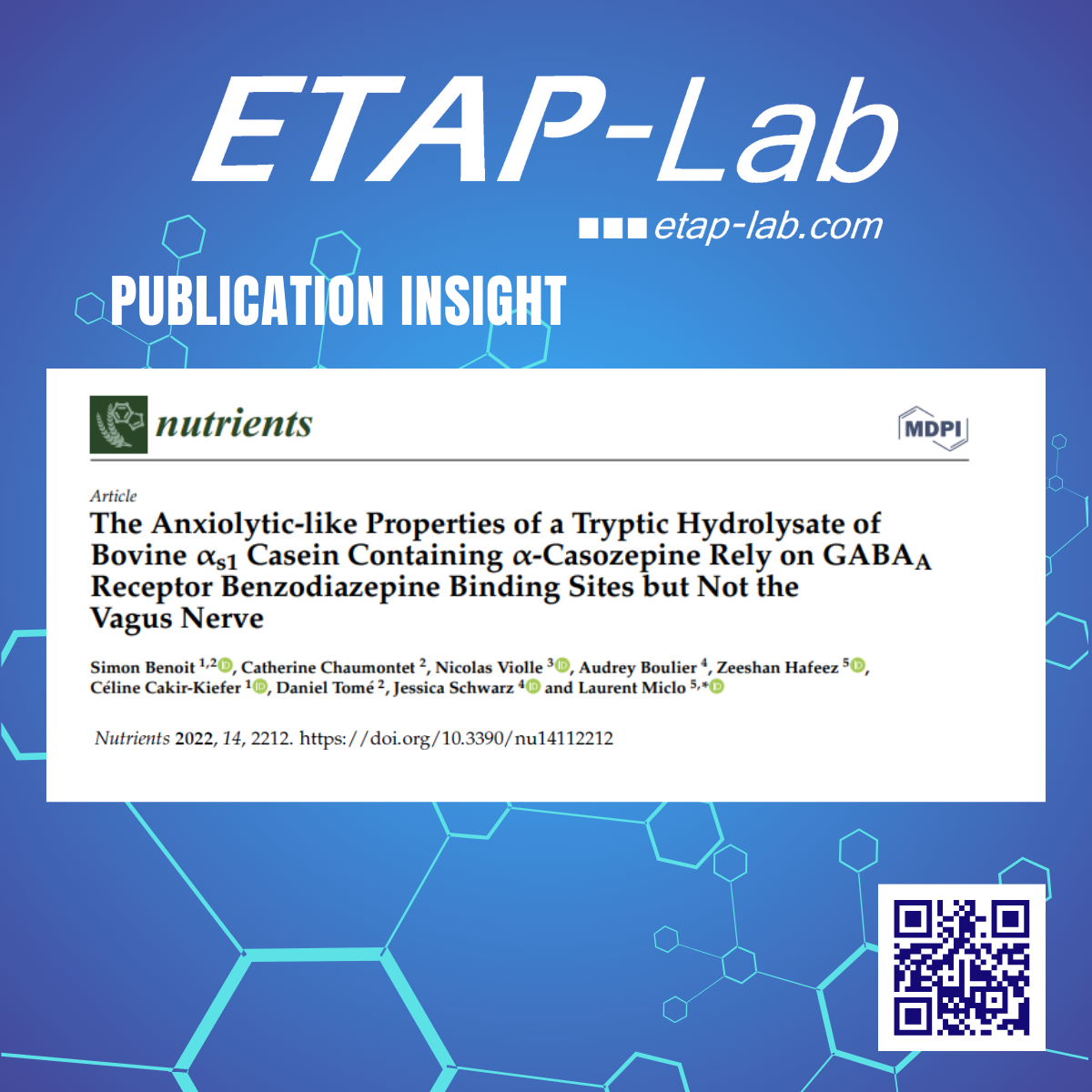Neurobehavioral and physiological effects of low doses of polubrominated diphenyl ether (PBDE)-99 in male adult rats
Daubié S, Bisson JF, Lalonde R, Schroeder H, Rychen G - 2011, Toxicol. Lett., 204:57-63.
Polybrominated diphenyl ethers (PBDEs) are flame retardants. Because of their high lipophilicity and persistence, PBDEs bioaccumulate in all abiotic and biological matrices. The aim of this study was to investigate the long-term neurobehavioral and physiological effects of exposure to environmental doses of PBDE-99 in adult rats. Rats received a daily administration of PBDE-99 for 90 days by oral gavage at 0.15, 1.5 and 15μg/kg, doses which are relevant of human exposure. Before and after the 90 days of exposure, behavioral tests including the open-field and the elevated plus-maze tests for locomotor activity and anxiety, and the Morris water maze for spatial learning were conducted. Physiological measures such as body weight, food and water consumption, organs weight, hepatic enzymes levels and PBDE-99 concentration in adipose tissue were also evaluated at the end of exposure. There was no effect on body weight, food and water consumption, organs weight, hepatic enzymes levels despite rising PBDE-99 concentration in adipose tissue with the doses tested. Moreover, there was no effect on locomotor activity and exploration, and spatial learning. Deleterious effects of PBDE-99 at high doses have often been highlighted in many studies after an acute dose whereas exposure during 90 days at realistic doses would have no significant effect in adult rats.
Link to Pubmed


